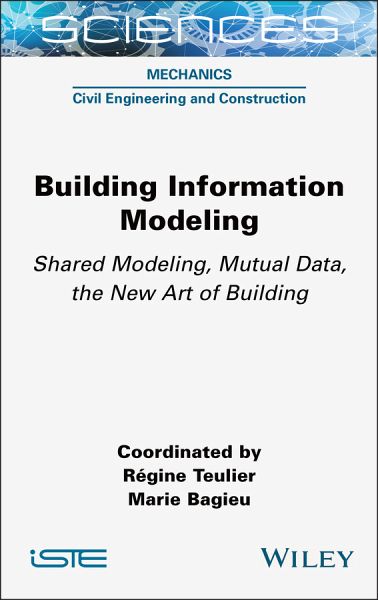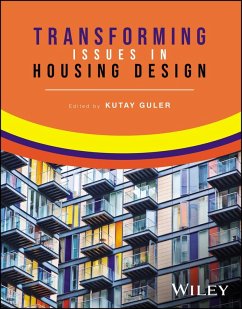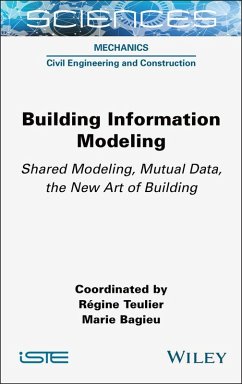
Building Information Modeling (eBook, ePUB)
Shared Modeling, Mutual Data, the New Art of Building
Redaktion: Teulier, Régine; Bagieu, Marie
Versandkostenfrei!
Sofort per Download lieferbar
142,99 €
inkl. MwSt.
Weitere Ausgaben:

PAYBACK Punkte
0 °P sammeln!
This book presents how Building Information Modeling (BIM) and the use of shared representation of built assets facilitate design, construction and operation processes (ISO 19650). The modeling of public works data disrupts the art of construction. Written by both academics and engineers who are heavily involved in the French research project Modélisation des INformations INteropérables pour les INfrastructues Durables (MINnD) as well as in international standardization projects, this book presents the challenges of BIM from theoretical and practical perspectives. It provides knowledge for e...
This book presents how Building Information Modeling (BIM) and the use of shared representation of built assets facilitate design, construction and operation processes (ISO 19650). The modeling of public works data disrupts the art of construction. Written by both academics and engineers who are heavily involved in the French research project Modélisation des INformations INteropérables pour les INfrastructues Durables (MINnD) as well as in international standardization projects, this book presents the challenges of BIM from theoretical and practical perspectives. It provides knowledge for evolving in an ecosystem of federated models and common data environments, which are the basis of the platforms and data spaces.
BIM makes it possible to handle interoperability very concretely, using open standards, which lead to openBIM. The use of a platform allows for the merging of business software and for approaches such as a Geographic Information System (GIS) to be added to the processes.
In organizations, BIM meets the life cycles of structures and circular economy. It is not only a technique that reshapes cooperation and trades around a digital twin but can also disrupt organizations and business models.
BIM makes it possible to handle interoperability very concretely, using open standards, which lead to openBIM. The use of a platform allows for the merging of business software and for approaches such as a Geographic Information System (GIS) to be added to the processes.
In organizations, BIM meets the life cycles of structures and circular economy. It is not only a technique that reshapes cooperation and trades around a digital twin but can also disrupt organizations and business models.
Dieser Download kann aus rechtlichen Gründen nur mit Rechnungsadresse in D ausgeliefert werden.













